With spring calving underway, we’ll be hoping for a tight block and will start to think about getting them back in calf: aiming to have one calf every 365 days.
Why target 65% of your calving in the first 3 weeks and the rest over the following 6 weeks. The benefits:
- Higher weaning weights and a more even batch of calves.
- Lower disease risk due to calves being a similar age.
- Easier to manage nutrition for cows in late lactation and gestation.
- Fewer late births – a late calving can increase body condition, causing calving difficulties.
- A larger number of early born calves increases the number of heifers at a suitable weight and maturity to select replacements.
One of the most important aspects is bull fertility and health:
Keeping a sub fertile bull can be a costly practice, over 20% of bulls tested are sub-fertile meaning some animals will get in calf but others may take several services and more time.
Bulls are typically the most valuable animal in the herd and have the single greatest influence over fertility and genetics. An annual fertility check is vital as bulls can become sub fertile at a later age. A fully fertile bull in a 9-week period should achieve 94% pregnancy rate (where the conception rate is 60% to each service). Below is a graph showing the effect of a sub fertile bull on 2 herds of 100 cows over a 12-week period.

Bull breeding soundness exams are best undertaken 4-6 weeks before the service period to allow time for re-testing if necessary. It is important to test newly purchased bulls too!
Testing
The examnation is carried out by a vet using electro ejaculation. This takes around 30 – 60 minutes in total providing a safe side – access crush is available. Most of the evaluation will be completed on farm so an immediate picture using initial results would be available at the end of the visit. The bull will receive a full clinical exam and mobility assessment. Once the semen is collected it is scored on volume, concentration, contamination, gross and individual motility. The semen is then stained and assessed at the practice for individual defects (“morphologh”).
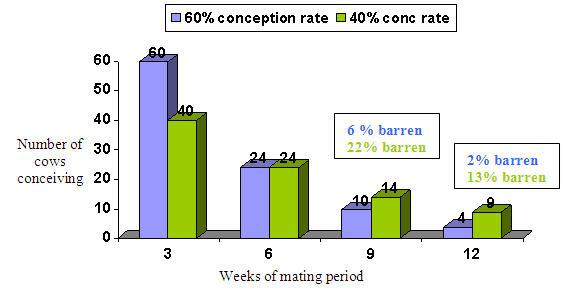

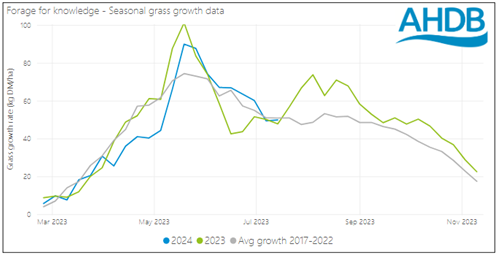
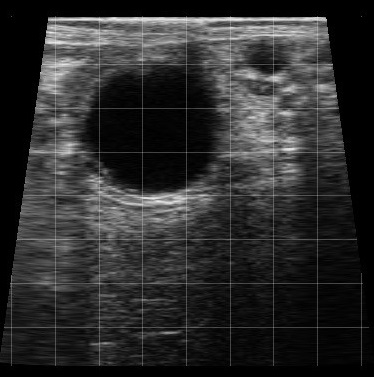


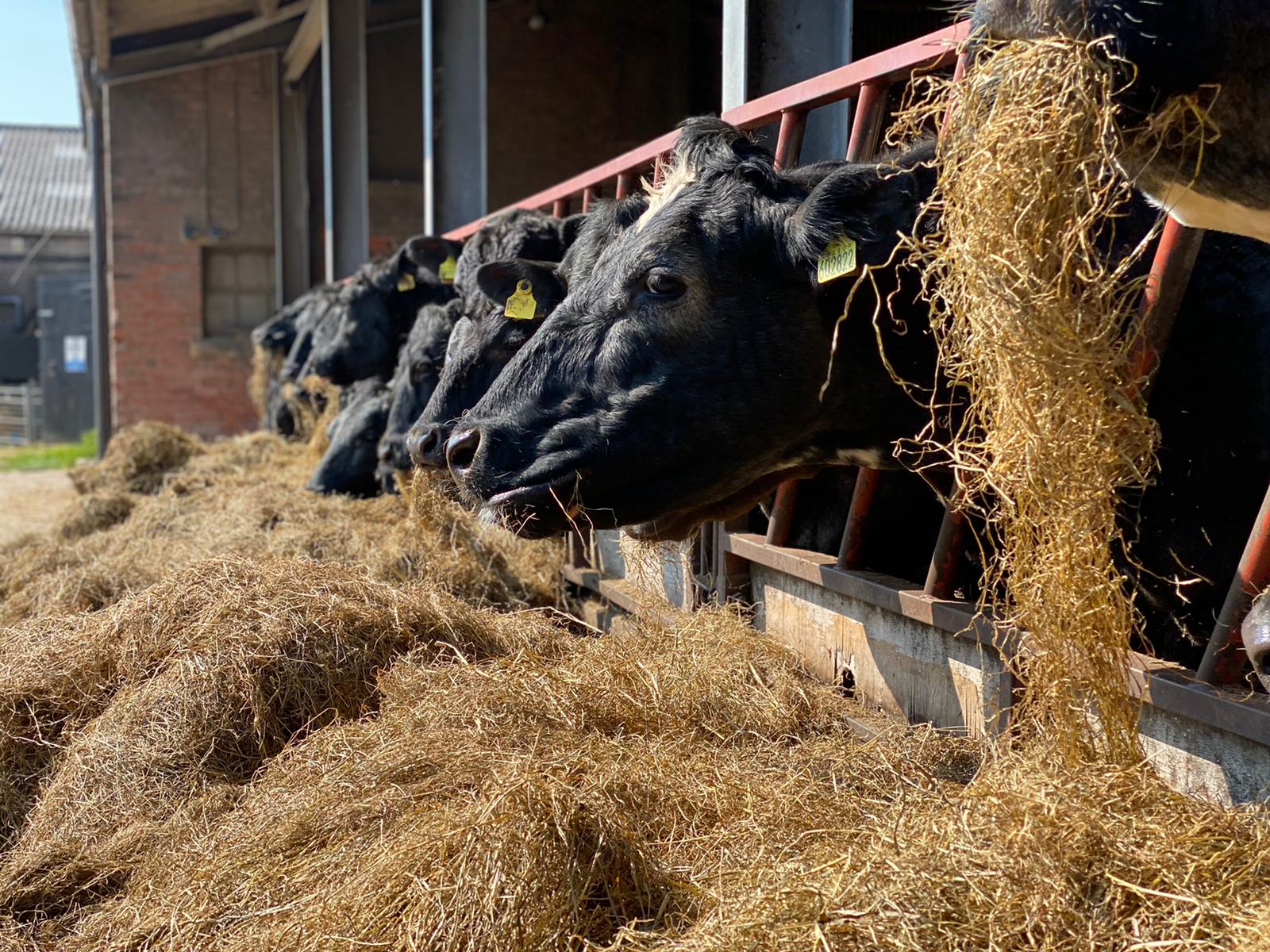

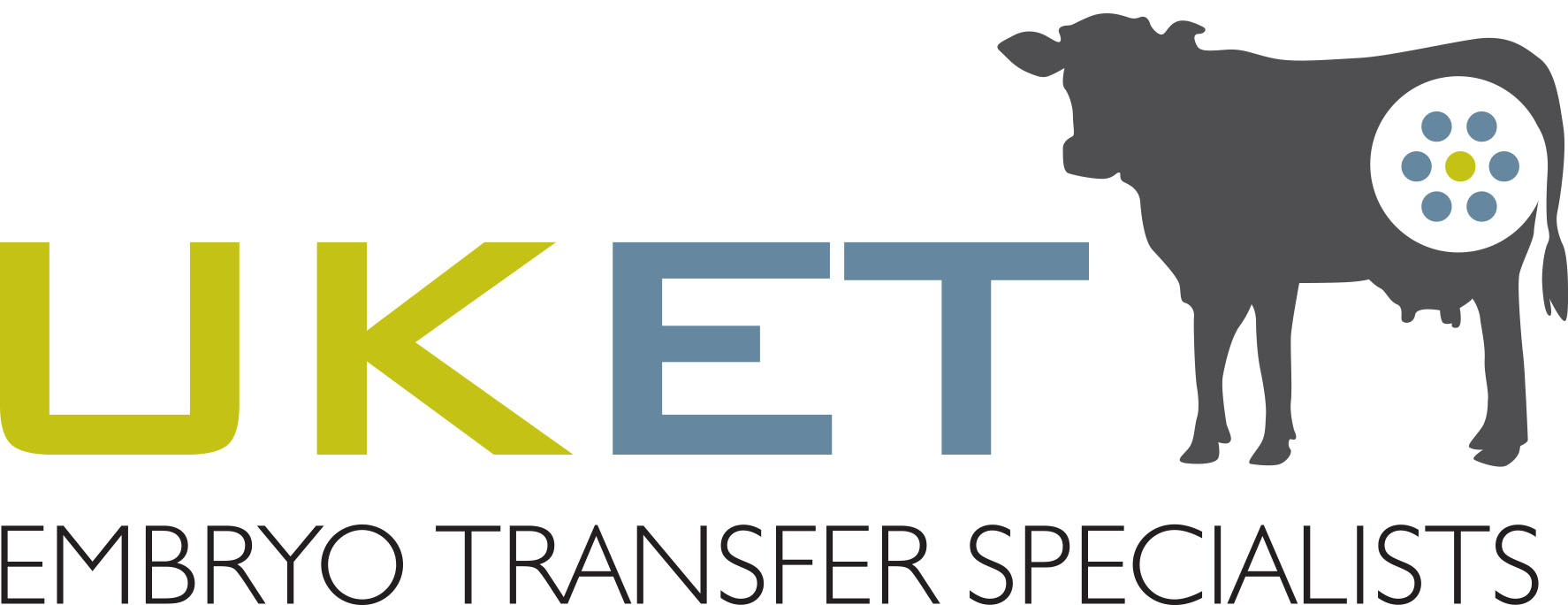
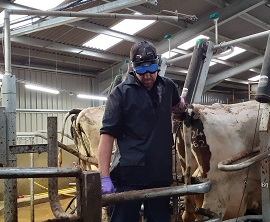


Leave A Comment